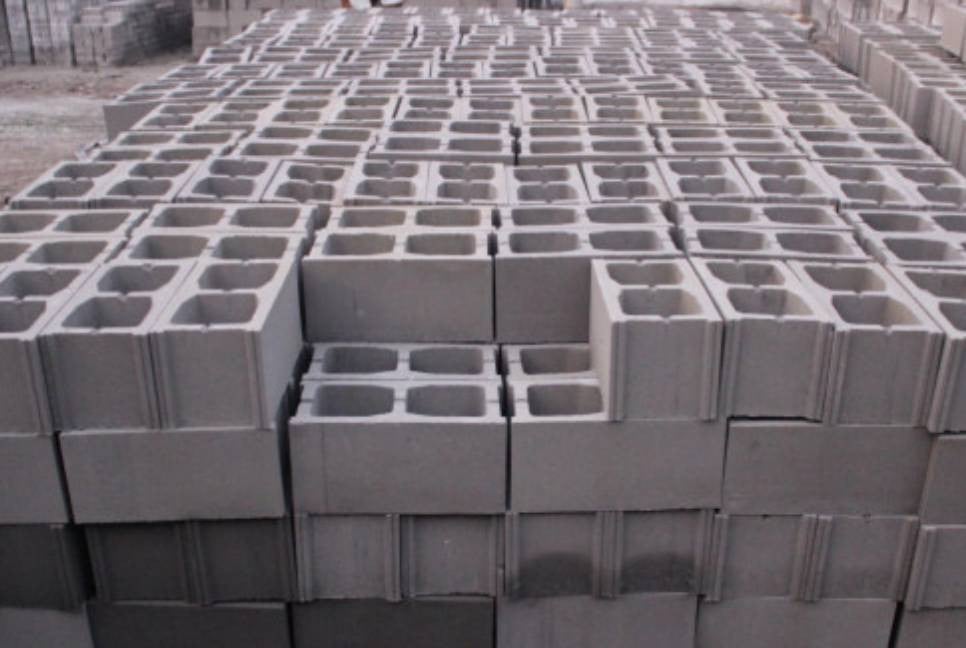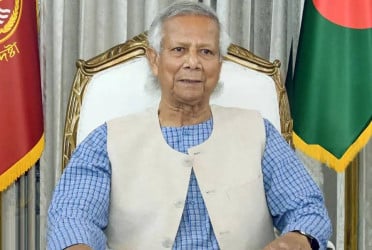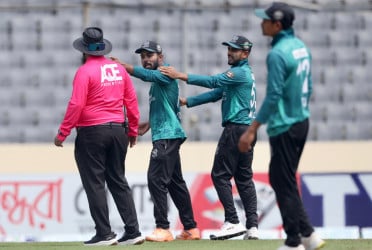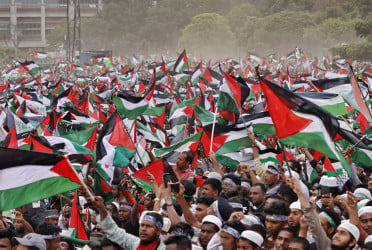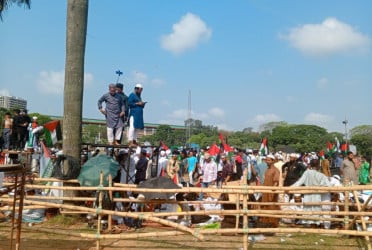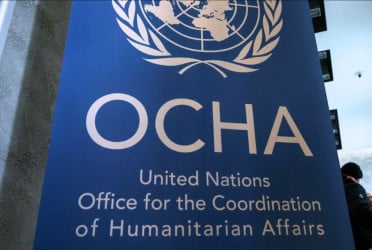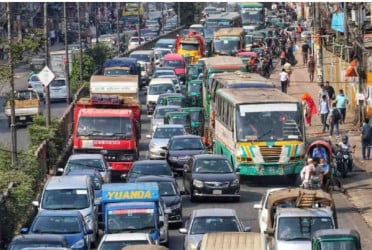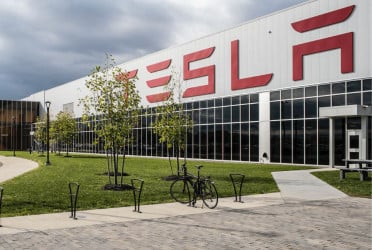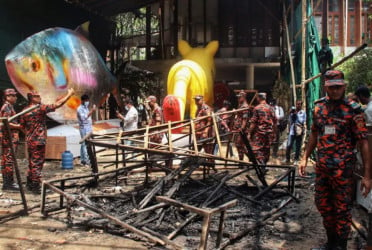Although the use of block bricks instead of clay-burnt bricks has been made mandatory in government construction to prevent environmental pollution, only 50 to 60 per cent of block bricks are being used in government construction.
On the other hand, traditional brick kilns are rapidly increasing environmental pollution. Furnaces of 1,052 brick kilns around Dhaka have been activated since the first week of November, contributing to dangerous black smog in the air and polluting the surrounding environment.
Producers of block bricks said they can produce block bricks according to market demand. However, they can’t boost production due to fewer sales. Traditional clay-burnt bricks are widely used in private construction sites. However, it is expected that 100 per cent block bricks will be used in the construction of government establishments from 2025 to 2026.
It is known that the target of using 100 per cent block bricks in the government development works by 2027 has been fixed. At present, there are 200 factories in the country under Bangladesh Concrete Blocks Prostutkarak Malik Somite. Besides, 500 new block brick factories are in the pipeline. Construction of these green brick factories will be completed by this December. Block bricks or green bricks factories are also set up at the upazila level. Currently, Bangladesh needs 3,000 crore bricks every year. Around 12 crore block bricks are being produced annually in the country. The traditional bricks are slightly more expensive than block bricks. A block brick costs Tk 10.50 while the cost of a good-quality clay-burnt brick is Tk 13.
Bangladesh Concrete Blocks Prostutkarak Malik Somite President Lt Col (Rtd) Mohammad Shakhawat Hossain told Bangladesh Pratidin that 15-20 bighas of land are required to make a traditional brick kiln while a block brick factory needs 3-4 bighas of land.
“I have been operating three green brick factories with my pension money. But, there is no sale. If the incumbent government gives assurance that block bricks are being sold as per the market demand, then owners will be inspired to produce more block bricks in the next three months. Factories are ready for production. But they don’t increase production because of fewer sales. Businessmen are also sitting idle.”
He also said that people have to get used to using block bricks. People's awareness of using green bricks is gradually increasing. The government projects are 60 per cent of the country. Block brick producers have enough capacity to meet the demand for 100 per cent of the bricks in these projects. They can also supply the required bricks in the remaining 40 per cent of private establishments by upgrading machinery within 3-6 months.
People concerned said a government tender schedule takes 2-3 years. It is also changed by time and official orders. In the tenders of 2024, the government instructed to use block bricks. It is expected that 100 per cent block bricks will be used in the construction of government establishments from 2025 to 2026.
Md Nafizur Rahman, principal research officer at the Housing and Building Research Institute, said currently 100 per cent block bricks are being used at all big projects in Dhaka including the Public Works Department (PWD). Traditional bricks are being used in those projects which had earlier been documented. On the other hand, clay-burnt bricks are being used in government projects in remote areas where block brick factories are absent.
He said many government departments monitor block brick use in the projects. On the other hand, many block brick producers can’t produce good-quality bricks. These producers are leg behind in the market competition. If traditional brick kiln owners invest in the block bricks, this sector will go forward. According to the government order, green brick owners will get loans at 5 per cent interest by ensuring compliance of the factory.
“We are providing training for workers in this sector. However, those involved in the construction sector are still not aware of this. Many also question the stability of the block bricks. In this case, they should be made conscious,” he continued.
Md Ziaul Haque, director at the Department of Environment (DoE), told Bangladesh Pratidin that VAT is very low in traditional bricks. On the other hand, VAT is very high in the green bricks. A decision will come soon to reduce the VAT of the block. Drives will be conducted from Wednesday (December 17) in Aminbazar, Savar, Ashulia, and Dhamrai against illegal brick kilns. Many brick kilns will be closed, he added.
bd-pratidin/GR

